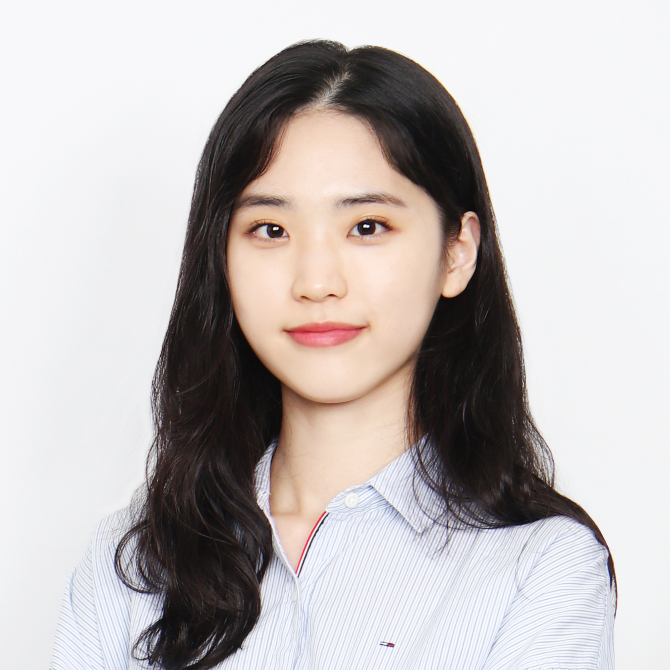Painting the real world: MMCA's new exhibition focuses on Korea's figurative art
Published: 29 May. 2024, 13:41
Updated: 29 May. 2024, 16:40
-

- SHIN MIN-HEE
- shin.minhee@joongang.co.kr
![″Zinnias″ (1970) by To Sang-bong [MMCA]](https://koreajoongangdaily.joins.com/data/photo/2024/05/29/4b5475c9-d8c8-4c9a-b84b-f059604d2054.jpg)
″Zinnias″ (1970) by To Sang-bong [MMCA]
GWACHEON, Gyeonggi — Korean monochrome painting, also known as dansaekhwa, has served as a representative artistic style in the nation's modern art scene, with many works on display at the branches of the National Museum of Modern and Contemporary Art (MMCA) and other art galleries nationwide. In recent years, however, the museum has been making efforts to highlight the various other eras of Korean art that have historical significance but are lesser known to the public.
Earlier this year, the MMCA’s Gwacheon branch in Gyeonggi dedicated an exhibition to Korean geometric abstraction from the 1920s to the 1970s.
And its latest exhibition, titled “MMCA Donated Collection: Figurative Paintings in Korea, 1960s-1970s,” kicked off last week, showcasing Korean figurative paintings from the 1960s and '70s. In simple terms, figurative art is the opposite of abstract art in that it depicts realistic forms and represents the real world.
Western art was first introduced to Korean artist collectives during Japan’s colonial rule (1910-45). Then after the Korean War (1950-53), art movements like abstract expressionism and art informel gained acceptance worldwide.
![″The Corner of the Old Palace″ (1961) by Lee Byeong-gyu [MMCA]](https://koreajoongangdaily.joins.com/data/photo/2024/05/29/0c396a84-f27c-4e81-a756-e4f18c3379cd.jpg)
″The Corner of the Old Palace″ (1961) by Lee Byeong-gyu [MMCA]
This influenced abstract art's popularity in Korea. Due to this, its counterpart, figurative art, was shunned and perceived as outdated. Despite its social stigma, Korean figurative art was the “fertile soil” that laid the foundation for the development of the Korean painting scene, curator Do Hwa-jin said during a press conference on Wednesday.
But the country lacked systemized education institutions for artists to study Western art, which led to the formation of Mokwoohoe in 1958, a group of artists that focused on the study of figurative painting and other techniques. Notable members include Lee Chong-woo, Lee Byeong-gyu, To Sang-bong, Kim In-soong, Lee Dong-hoon and Kim Hyung-koo, whose artworks are on view.
Then in the 1960s, artists became more creative with their figurative paintings, coming up with distinctive styles that were influenced by impressionism and Fauvism. Artists like Kim Yeong-duk, Lee Bong-sang, Park Chang-dorn and Hong Jong-myoung opted for actively expressing themselves through freer images in figurative paintings.
![″Still Life″ (1977) by Kim Souck-chin [MMCA]](https://koreajoongangdaily.joins.com/data/photo/2024/05/29/b05a2b13-5ad9-4cfe-a648-d8d5656535cc.jpg)
″Still Life″ (1977) by Kim Souck-chin [MMCA]
At the same time, the exhibition educates the public on the value of MMCA’s donated collection, which takes up over half its entire 11,560 artworks. Donated works alone make up 6,429 pieces as of the end of 2023.
They include 1,488 works from late Samsung Group chairman Lee Kun-hee (1942-2020), 195 from Park Joo-hwan (1929-2020), the founder of Dongsanbang Gallery, and some 350 from the artists themselves or their surviving family members.
Some of the donors spoke in interviews with the MMCA, shown in video and text at the exhibition, collectively emphasizing the importance of sharing.
“My late father would have wanted his paintings to be enjoyed by others,” artist Yoon Jung-sik’s son was quoted by the museum as saying. “I hope the donated works provide opportunities for the MMCA to arrange many exhibitions and conduct research on them.”
“MMCA Donated Collection: Figurative Paintings in Korea, 1960s-1970s” continues until Sept. 22. MMCA Gwacheon is open from 10 a.m. to 6 p.m. every day except Mondays. Admission is 2,000 won ($1.40).
BY SHIN MIN-HEE [shin.minhee@joongang.co.kr]










with the Korea JoongAng Daily
To write comments, please log in to one of the accounts.
Standards Board Policy (0/250자)